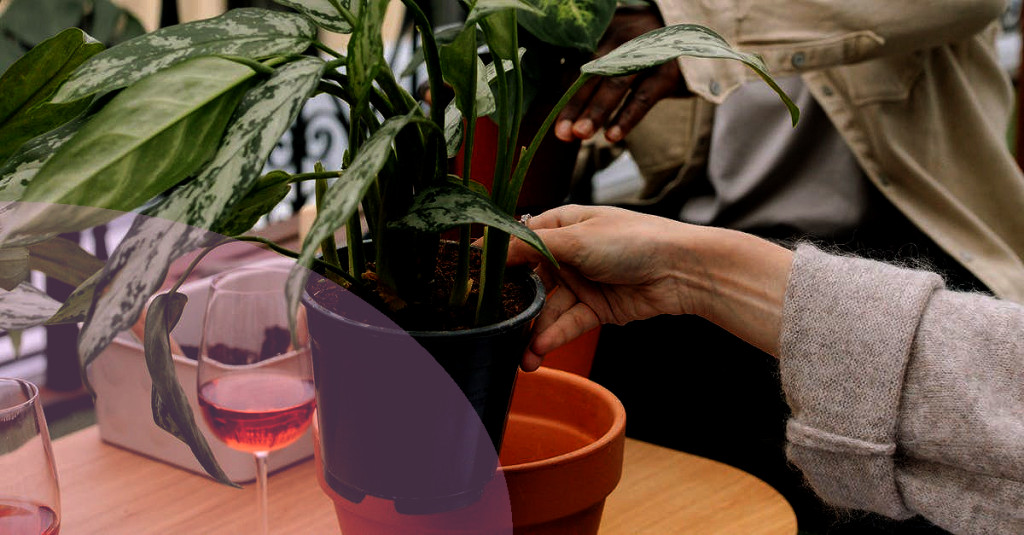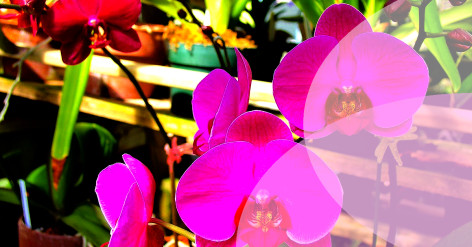Easy ways to use companion planting in your garden

1. Plant Marigold with Your Vegetables
Companion planting is a practice that involves growing different plants together to benefit each other. In simple words, companion planting can be defined as planting different types of plants close to each other to enhance growth, repel pests, and attract beneficial insects. Using this technique in your garden can help you yield a bountiful harvest without the use of chemicals.
In this blog post, we will share some easy ways to use companion planting in your garden to make your plants thrive.
2. Grow Basil Alongside Tomatoes
Marigold flowers are known for their pest-repellent properties. They contain a compound called thiophene, which repels nematodes & microscopic worms that can damage the roots of your vegetables. Planting marigold near your vegetables can help keep these pests at bay. Marigold also attracts pollinators, such as bees, which will help increase the yield of your vegetables.
3. Pair Carrots with Onions
Basil is another plant that can be used as a natural pest repellent. It contains oils that repel insects, such as whiteflies and tomato hornworms. Planting basil alongside your tomato plants can help reduce the damage caused by these pests. Additionally, basil improves the flavor of tomatoes when grown together, making them taste even better.
Related articles
4. Include Nasturtiums in Your Garden
Carrots and onions go well together in the kitchen, but did you know that they also benefit each other in the garden? Onions contain a compound called allium, which repels carrot flies, one of the most common pests that attack carrots. Planting onions close to your carrot plants can help keep these pests away.
5. Plant Beans with Corn
Nasturtiums are beautiful, colorful flowers that can also be used in companion planting. They release a chemical that repels aphids, whiteflies, and other common garden pests. Nasturtiums also attract beneficial insects, such as ladybugs and hoverflies, which prey on garden pests. Additionally, they add a pop of color to your garden and are edible, with a mild peppery flavor that can be added to salads.
Beans and corn are two plants that work well together in companion planting. Beans are nitrogen fixers, meaning they produce nitrogen that can be used by other plants. Corn requires a lot of nitrogen to grow, making it a perfect companion for beans. Planting beans with corn can also help reduce the risk of corn borers, which will have a harder time finding the corn plants amongst the beans.
Companion planting is an excellent way to enhance the growth of your plants and reduce the risk of pests without using chemicals. By using these easy companion planting tips in your garden, you can improve your plant's health while making your garden look beautiful.
For more information on companion planting, check out The Old Farmer's Almanac and Gardening Know How. Happy gardening!





